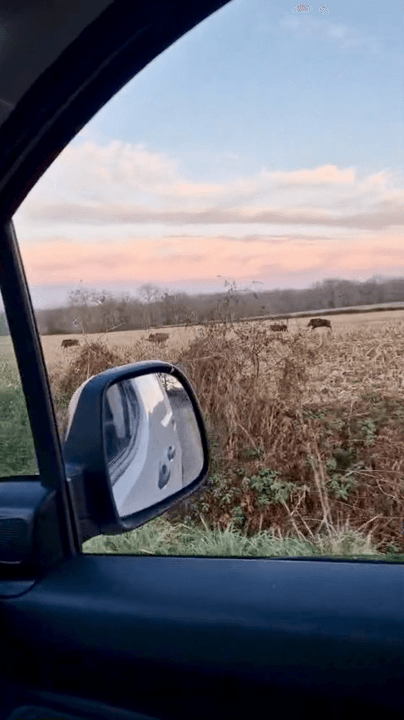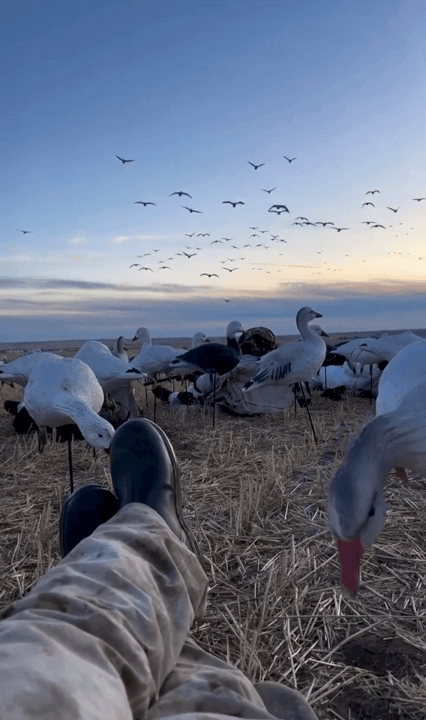
Hunting in Donga: A Comprehensive Guide for Hunters – Exploring Opportunities, Challenges, and Conservation Efforts (PART 2) Hunting Associations and Clubs: The Role of Organizations in Promoting Conservation and Community Engagement Several organizations play a vital role in promoting responsible hunting practices in Donga: Benin National Hunters Association : Works closely with the government to enforce regulations and educate hunters. Community-Based Cooperatives : Local groups collaborate with landowners to manage hunting territories sustainably. Guided Tour Operators : Companies like "West African Safaris" cater to foreign hunters, offering fully equipped expeditions. These entities also organize workshops and events to foster camaraderie among hunters while emphasizing conservation. Hunting Legislation: Legal Frameworks, Quotas, and Ethical Standards Governing Hunting in Donga Hunting in Donga is governed by Beninese wildlife laws, which prioritize sustainability and ethical pr
Post: 9 July 06:21













































